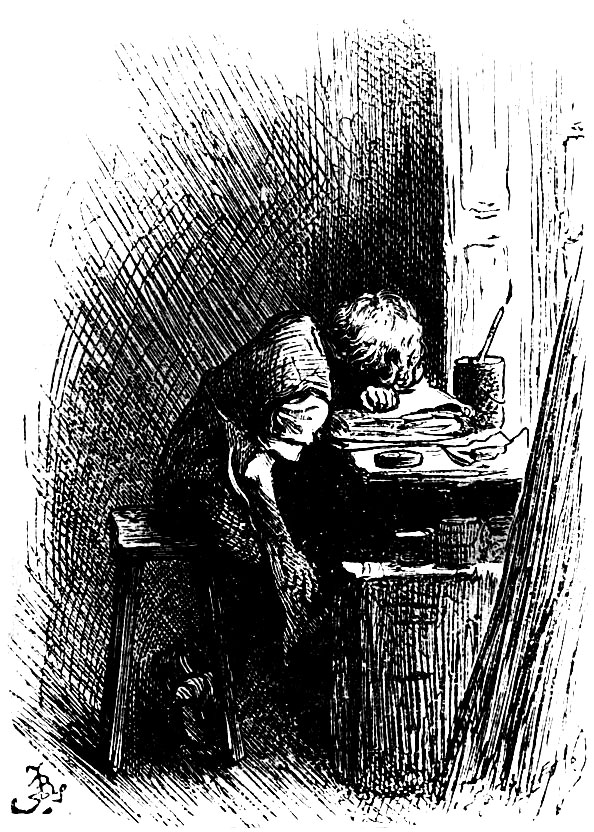It may be difficult for non-writers to understand why, as my last post suggested, writers become anxious as the end of a project approaches. You would think, after staring at a manuscript for months, even years, any sane writer would be relieved finally to be done with it.
David Remnick described the anxiety of finishing in a 1997 review of Big Trouble (link requires subscription), the last book by J. Anthony Lukas. In June 1997, Lukas killed himself while the manuscript was in final edits.
There are few writers of value who do not approach the end of a long project with at least some sense of dread, a self-lacerating concession that the book is not so much finished as abandoned and that positively everyone will see all the holes that are surely there, all the illogic, the shortcuts, the tape, the glue. Finishing is more about terror than about exhilaration. In a way, it is like beginning.
Lukas’s tragedy involved more than the angst of a perfectionist writer, of course. He had been fighting a long battle with depression, and there had been several suicides in his family, including his own mother.
But Remnick is right: every writer of quality knows the anxious feeling of publishing a manuscript that he knows is flawed. Artworks are imperfect by nature. Creative decisions do not have correct answers. A long manuscript is the sum of a thousand subjective choices, compromises, trade-offs, improvisations. You close one hole, another opens. No one is more aware of this than the writer himself.
The solution, in Seth Godin’s word, is to ship. Yes, you will fail. You will fall short of perfection, even of your own expectations. “No matter,” Samuel Beckett said. “Try again. Fail again. Fail better.”
